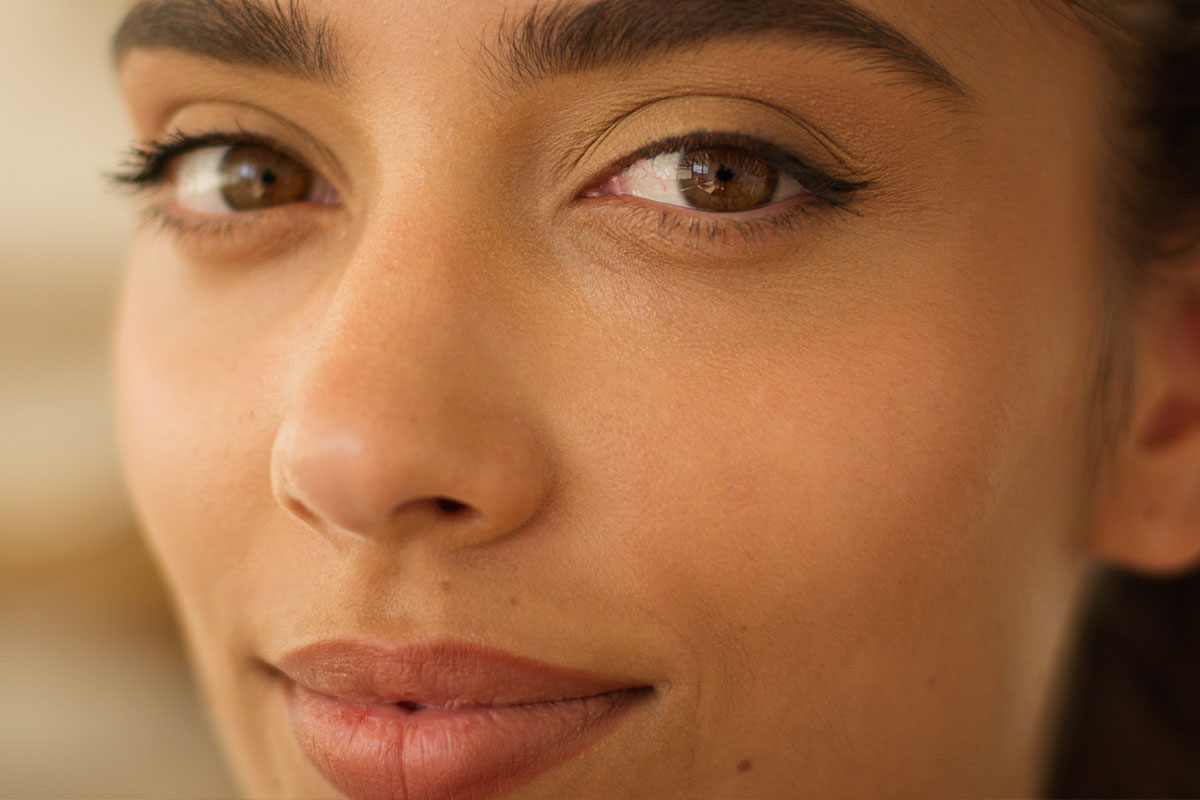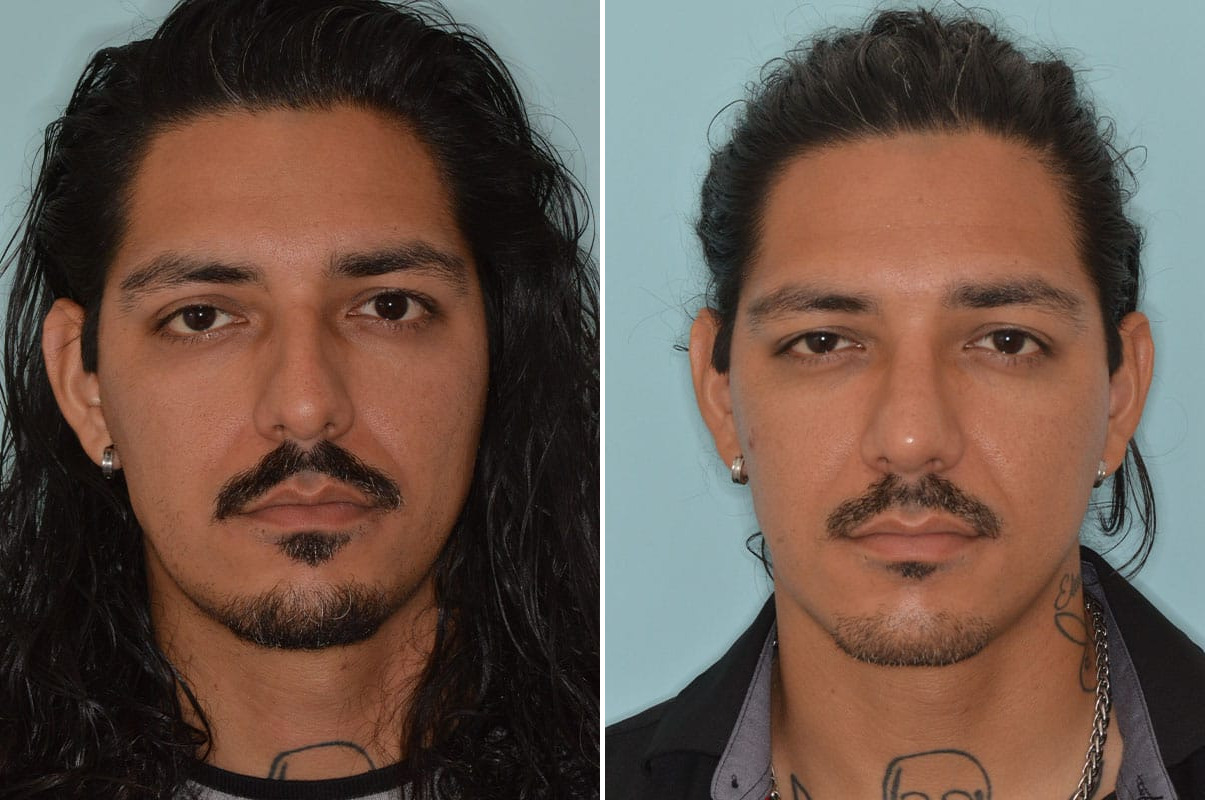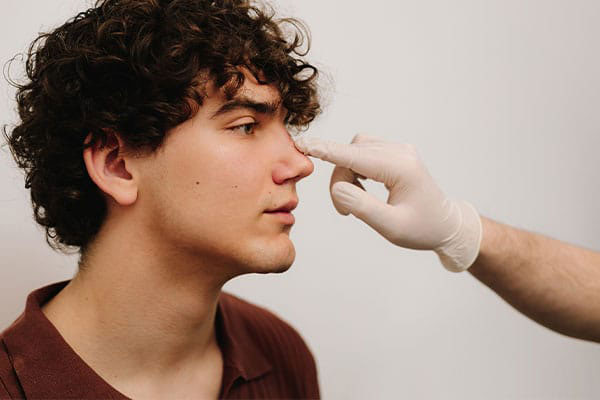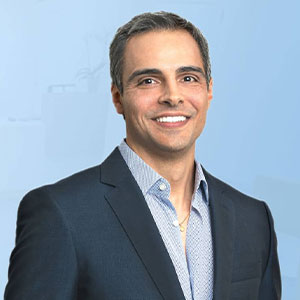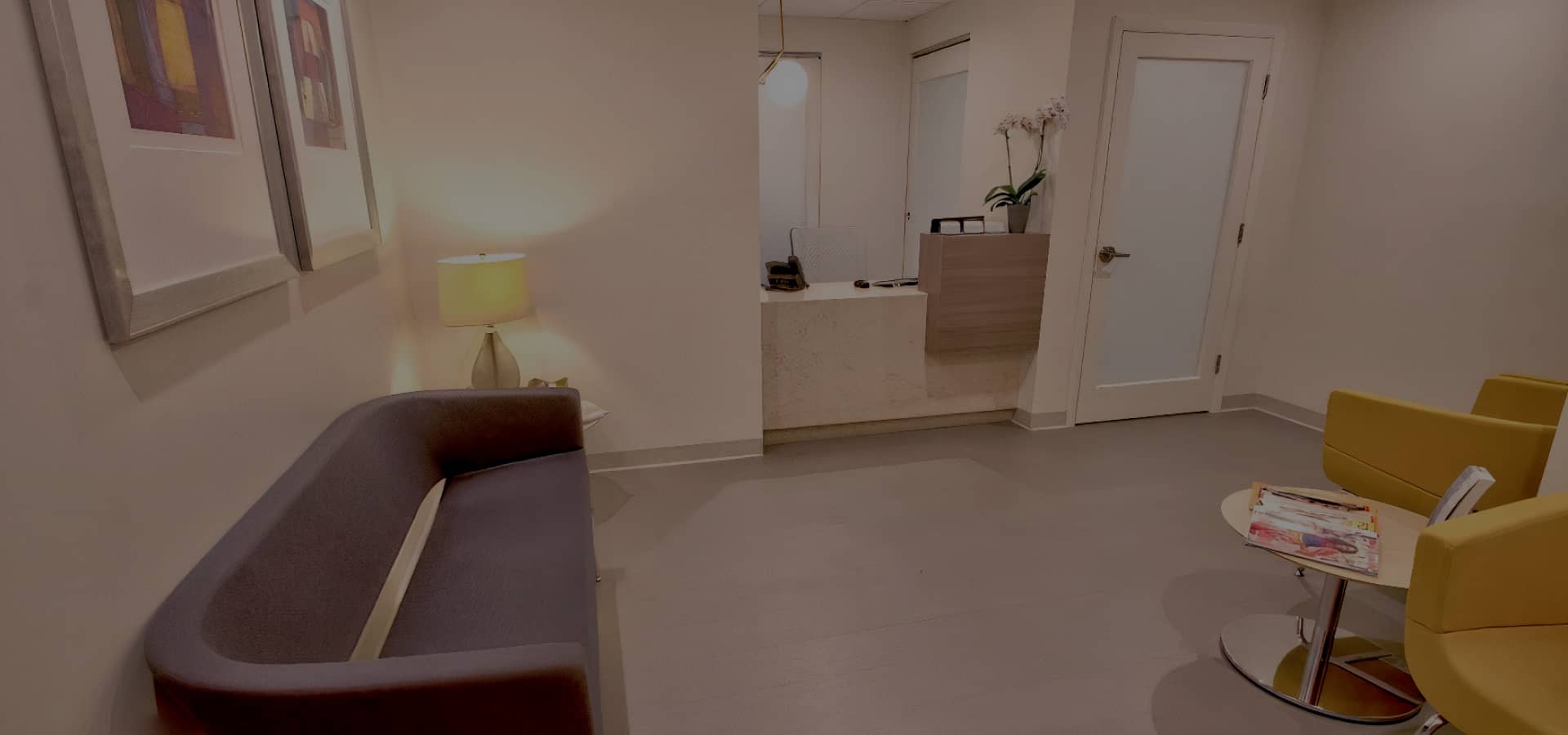Wide nose rhinoplasty surgery focuses on balancing the nose with the rest of the face while preserving or improving breathing. When patients describe a “wide nose,” they may mean excessive width along the bony upper third, flaring in the midvault or tip cartilages, or a broad nasal base where the nostrils meet the upper lip. The goal isn’t to make the nose small, but to produce harmonious proportions that suit the patient’s unique features, skin thickness, and ethnic background.
At Dr. Anthony Bared Facial Plastic Surgery, we begin by clarifying what “too wide” means for the individual, because width can arise from structures that require different solutions. A wide bony vault may require precise osteotomies to narrow the nasal bones, while a bulbous tip is refined with cartilage shaping and suturing techniques. A wide alar base may be improved with precisely measured reductions at the nostril sill or alar-facial groove. Each maneuver must respect the nasal airway and the soft tissue envelope, so cosmetic gains don’t compromise function.
Here’s why this matters. Aesthetic science underpins the plan. Proportional analysis, photographic review from multiple angles, and often 3D imaging guide planning. We also consider face shape, chin projection, and dental occlusion, since perceived nasal width is influenced by surrounding structures. We aim for a nose that belongs, reads as natural from conversational distance, and performs well in everyday life.
Who Is a Candidate and How We Evaluate Nasal Width
Ideal candidates for wide nose rhinoplasty are healthy adults with realistic expectations who are bothered by bridge, tip, or base breadth and who understand the healing timeline. Thick skin, prior injury or rhinoplasty, and structural asymmetry don’t disqualify patients, but they do shape strategy. During consultation, Dr. Anthony Bared will take a thorough medical and nasal history, assess airway function, and document baseline anatomy with high-resolution photography to anchor a precise plan.
The examination differentiates between skeletal and soft tissue contributors to width. Through palpation and visual assessment, we evaluate the bony dorsum, upper lateral and tip cartilages, and alar base. Functional testing looks for valve collapse, septal deviation, and turbinate hypertrophy, because a nose that breathes poorly is never an acceptable trade for improved appearance. In select cases, nasal endoscopy or imaging clarifies internal anatomy, especially for revision surgery or trauma.
Expectation setting is equally important. We review before-and-after examples that mirror the patient’s anatomy and heritage, and we use imaging to illustrate achievable narrowing without over-refinement. Patients in Miami often present with active, outdoor lifestyles, so we discuss sun exposure, exercise routines, and downtime to plan recovery and conceal swelling. By aligning goals with anatomy and lifestyle, we craft a plan that respects both beauty and health.
Techniques to Refine a Wide Nose: Bridge, Tip, and Base
When the upper third of the nose appears wide, controlled narrowing is achieved with osteotomies that reposition the nasal bones. Traditional techniques remain reliable, and many surgeons now use ultrasonic piezo instruments to deliver micrometric cuts with less surrounding trauma. This allows precise narrowing while preserving stability and minimizing bruising. If the dorsal profile is high or deviated, reduction or preservation rhinoplasty principles guide reshaping to avoid an over-scooped appearance and to maintain strong support.
A wide or bulbous tip is refined by reshaping the lower lateral cartilages with suture techniques, cartilage trimming, and, when needed, structural grafting. Tip-defining sutures can refine the contour without over-resection, and columellar struts or septal extension grafts help stabilize rotation and projection. Thick skin may limit tip definition, but corticosteroid microinjections during recovery and meticulous edema control often sharpen results as swelling resolves. Balance between tip and dorsum is critical; narrowing one area without calibrating the other can exaggerate disharmony.
Now, here’s where it gets interesting. When the nostril base flares broadly, conservative alar base reduction can narrow width while protecting natural curvature and airflow. Incisions concealed at the alar-facial junction or nostril sill allow precise reduction. When planned well, scarring is typically discreet, and careful preoperative marking ensures symmetry. Throughout these maneuvers, Dr. Bared prioritizes valve support with spreader grafts or flaring sutures as needed, because airflow depends on preserving the internal and external valves during cosmetic refinement.
Ethnic Nuance, Gender Balance, and Miami’s Diverse Aesthetic
Wide nose rhinoplasty isn’t a one-template operation; it spans techniques tailored to heritage, identity, and personal taste. Many patients of African, Latin, Middle Eastern, or Asian descent seek narrowing while preserving ethnic character. That goal is both achievable and central to modern rhinoplasty. Preserving appropriate soft tissue fullness, limiting aggressive dorsal reduction, and choosing conservative alar base adjustments protect identity while delivering meaningful refinement. Our philosophy at Dr. Anthony Bared Facial Plastic Surgery values authenticity as much as aesthetics.
Gender expression deserves equal attention. Masculine noses can be narrowed while maintaining strength and linearity; feminine noses can be refined with subtle softness and smooth contour transitions without over-rotating the tip or overshortening the nose. The artistry lies in calibrating millimeters, cartilage angles, and skin behavior to yield a result that reads correctly in motion, in photos, and at conversational distance. We discuss hairstyle, makeup, and eyewear because these cues influence perceived width and can amplify or diminish changes.
Miami’s multicultural community brings broad aesthetics and diverse anatomies to the consultation room. The city’s bright light and beach culture also influence how results are perceived and how recovery is managed. With higher UV exposure and humidity, we emphasize diligent sun protection to prevent hyperpigmentation at incision sites and adapt postoperative care to active lifestyles. This local knowledge, combined with evidence-based technique, aligns outcomes with the lived realities of patients in South Florida.
Recovery, Risks, and Long-Term Results
The first week after surgery typically involves a small external splint, internal support if needed, and swelling, often with bruising. Most patients are comfortable returning to light social activity in 7 to 10 days, while residual swelling evolves over months, especially at the tip in thick-skinned patients. We craft a personalized recovery plan that may include taping protocols, judicious steroid microinjections for persistent thickness, silicone scar therapy for alar base incisions, and lymphatic massage guidance. Aerobic exercise usually resumes gradually at two to three weeks, with impact activities delayed to protect bone shifts.
Risks include bleeding, infection, asymmetry, contour irregularities, prolonged swelling, scarring at alar base incisions, and, most critically, airway compromise from over-resection or valve collapse. Meticulous preservation of structure and conservative reduction strategies mitigate these risks. In rare cases, revision may be advisable after full tissue maturation, usually a year or more after the initial procedure. We discuss these possibilities openly because informed consent and trust underpin good outcomes.
Longevity is a hallmark of a well-executed rhinoplasty. Cartilage grafts that reinforce the midvault and tip maintain shape against scar contracture, and measured alar reductions remain stable when tension is balanced correctly. Dr. Bared will schedule a long-term follow-up to monitor healing and guide skin care as the final definition emerges. The destination is a nose that looks natural in any setting—on Miami beaches, in professional settings, and in the candid moments that matter most.
Frequently Asked Questions
Written by: Dr. Anthony Bared
Double Board Certified Plastic Surgeon, Facial Plastic Surgery Miami
About Dr. Bared
